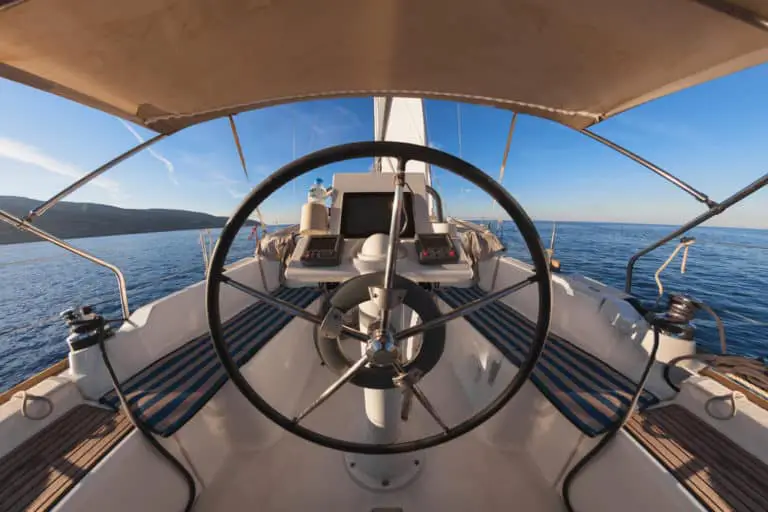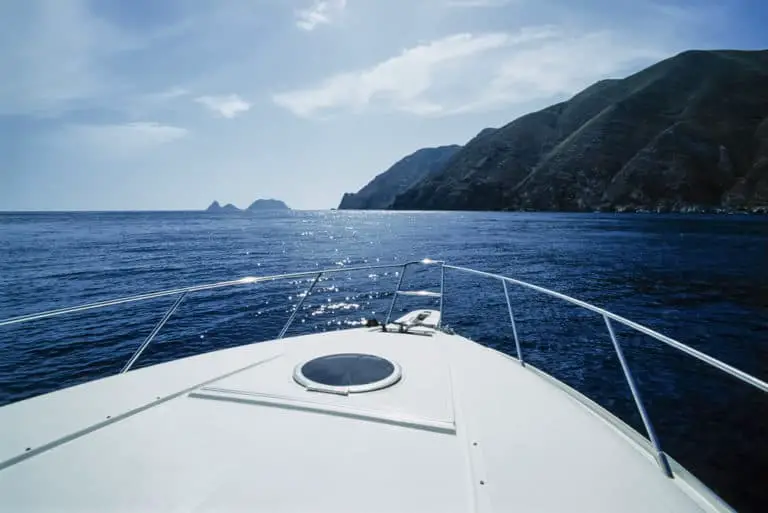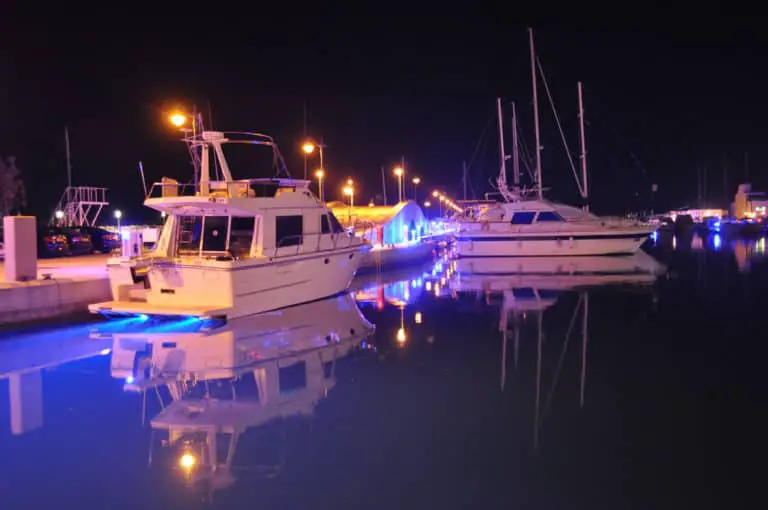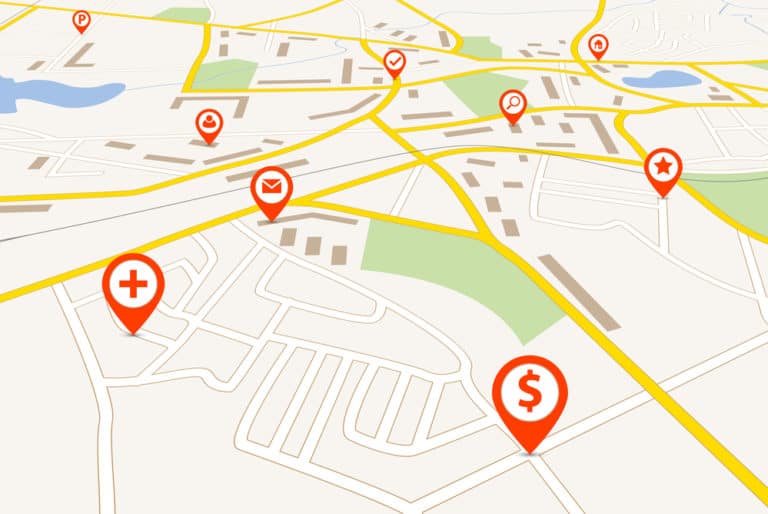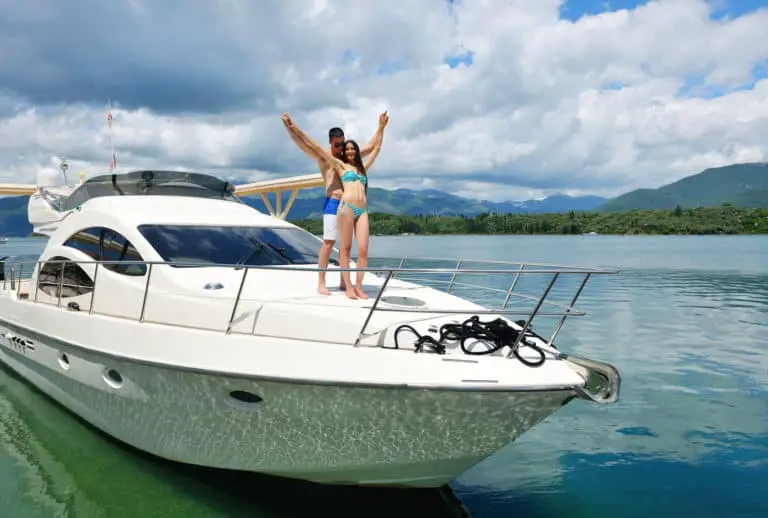Boating Rules and Etiquette On the Water (2025)
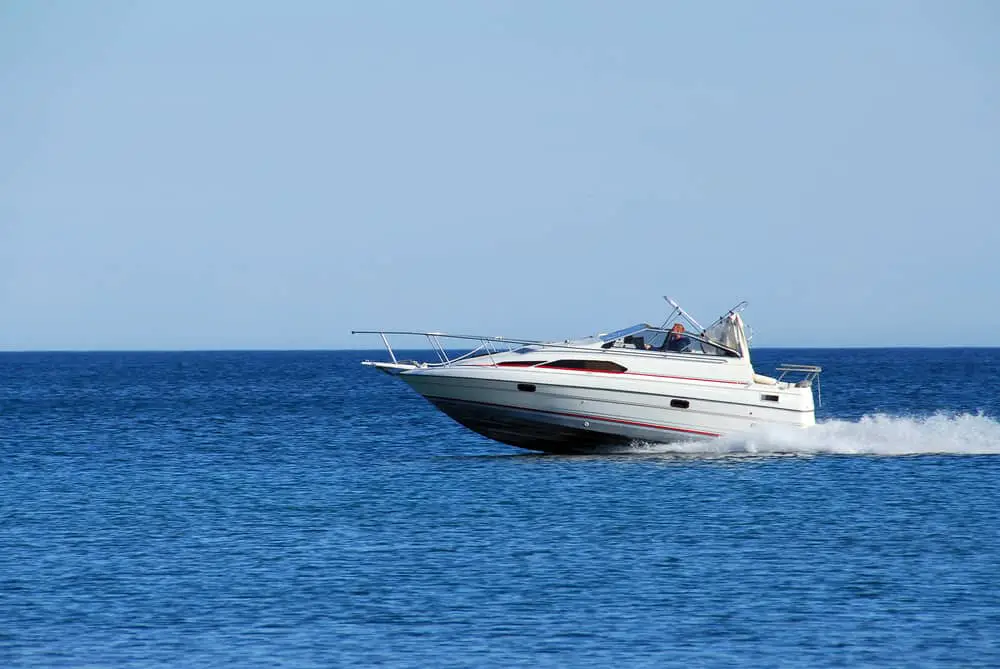
Understanding the basic boating rules that are needed for the safe operation of a vessel, whether inland or out at sea, is crucial to making it safely back to land.
Though in most cases, the rules and regulations can get very complicated, since they cover so many possible scenarios and boat types. Our guide will give you the basics you need to operate safely on small water.
- Post a lookout
- Maintain a Safe Speed
- Avoid a Collision
- Always follow Aids to Navigation
- Operating in a Narrow Channel
Disclaimer
Just a few words before we begin. This is going to be a relatively general guide relating to the operation of smaller boats. The rules of boating will differ significantly depending on whether you will be operating on inland waters like lakes or rivers, or international waters like oceans, seas, and gulfs.
You will want to ensure that you are familiar with any additional information you may need to safely operate your boat in your specific location. You will need to understand the differences in rules, such as those relating to sounding and lighting. Otherwise, the boating etiquette information here will apply to most situations.
Post a Lookout
One of the most important boat driving rules is to always post a proper lookout. If you are the boat operator, you are personally responsible for monitoring your surroundings at all times. To assist with this, you should assign someone else on board to act as a lookout. Not only for other boats, but debris or objects, people, buoys, and flags.
Failing to assign a lookout while you are underway can place too large of a burden on any boat operator, causing potential collisions or other accidents. That’s why using every tool at your disposal, including radio, radar, or other people, is one of the crucial boating safety rules.
Maintain a Safe Speed
Another of the basic boating rules is to operate your boat at a safe speed. In many areas, there will not be any formal speed limit for boats, but this does not meed speed can be disregarded. Boats take significant time to come to a full stop, make safe turns, and make course corrections, and so proper care should be taken to avoid collisions.
Consider all potential factors when deciding what is an appropriate safe speed for your boat. Think about the responsiveness, the traffic on the water, the visibility and current conditions, the wake from you and others, and the specific geography of the body of water itself.
Avoid a Collision
The boating rules of the road include common situations in which boats will find themselves while navigating waterways. Many of these situations will involve one boat needing to cross another’s path, use the same navigation lane, or facing another boat head-on. Understanding how to act as well as how other operators will act will help keep everyone safer.
By observing the proper boating right of way you will be able to determine how to act, largely based on which boat is approaching from where in relation to the other. depending on what type of situation you find your vessel in.
From the perspective of the boat operator, the left side is referred to as port, the right as starboard, the rear as the stern, and the front as the bow. The boat that moves is the give-way vessel, the boat that doesn’t is the stand-on vessel.
Crossing situations
In a situation where two powered boats are approaching each other on a perpendicular course, the operator who looks to their port, or left side, and sees the approaching boat, is operating the stand-on vessel. They should continue with caution, maintaining speed and course.
The operator who looks to their starboard side and sees an approaching craft is operating the give-way vessel and should make any course or speed changes needed to keep clear of the stand-on vessel.
Overtaking situations
When two powered boats are traveling on the same course, and one needs to overtake the other, the boat passing rules are relatively straightforward. When Boat 1 is approaching Boat 2 from the rear or the stern, Boat 1 is considered the give-way vessel.
Boat 1, the give-way vessel, must blow one short blast, and alter course to starboard, or the right side, otherwise blow two short blasts and alter course to port. Boat 2 should acknowledge with the same signal.
Meeting head-on
The boating right of way rules are relatively simple for those with experience driving in the US since you will be “driving on the right”. If you are approaching another boat head-on, neither boat is considered the give-way or the stand-on.
The navigational rules state that Boat 1 must blow one short blast, to which Boat 2 must answer with the same. At this point, both vessels equally alter course to starboard, passing each other port to port.
Always follow Aids to Navigation
On the water, you will find that there are several different types of boating signs that act as navigation aids. They will be placed along common navigation channels and will indicate important information about the waters in the area.
The boating navigation rules general guideline for remembering the rules of navigation markers is “Red to the Right when Returning from the sea.” This means you keep all red markers on your starboard side when traveling upstream. The “current direction” may be decided by local consensus, or by tidal movement.
Portside odd-numbered aids
Odd-numbered aids will be green and should be passed to the port, or left side, when traveling upstream, or returning. As you head upstream, the numbers will increase, and conversely will decrease when traveling downstream. They are often referred to as green lateral markers.
Starboard side even-numbered aids
Even-numbered aids will be colored red and will be passed on the starboard or right side when returning upstream. They will increase in the upstream direction just as the odd-numbered aids and will be paired with them to designate channels. They are also known as red lateral markers.
Regulatory markers and other aids
Red and green lateral markers show a pair of horizontal bands and can be passed on either side, though the preferred channel is indicated by the top band color. If the top band is green, that means the preferred channel to pass the marker is to the right, keeping the aid on the left.
Nun Buoys are red cone-shaped markers and should always be kept on the right side of the boat.
Operating in a Narrow Channel
If operating in a narrow channel, stay to the starboard side of the channel and if there is a bend that obscures the view, announce your approach with a prolonged blast. This is a piece of boat knowledge that can help prevent collisions or running aground.
If you are operating a boat that is under 65 feet in length (most of us are in this category), remember that you cannot block the way for other larger vessels. Also, there are boat rules in most areas set by the Department of Homeland Security, that prohibit anchoring in narrow channels or under bridges.

